May 1, 2022
My friend Debby and I spent two weeks in The Netherlands and Belgium on a Viking Riverboat Cruise. The main motivation for going this time of year was to see the tulips. It was all about the tulips.
Now you might wonder, is there really that much to say about tulips? Well, if you have been following my travel blog, you know I always find lots to say. And yes, there actually is a lot to say about tulips.
But let’s be honest. This post is really an opportunity to show you the photographs of the gorgeous tulips. Armed with my Olympus E-Mi Mark III and my Olympus 12-100 zoom, I set off to try to capture that beauty.
The History of the Tulip
Although we associate tulips with The Netherlands, they were not native to this part of the world. The flower started in Central Asia on the plains of Kazakhstan. Tulips were also cultivated in the Ottoman empire, where they were very loved. The name for tulip is “lalay”, the same letters as in Allah, so, since Muslims can never have depictions of Allah, they often depicted the tulip as a symbol of Islamic traditions.
In the 16th century, Ogier Busbecq was the ambassador to the Ottoman Empire representing the Roman Empire. He lived in Constantinople for 8 years during which time he fell in love with the tulip. He was known to collect all sorts of plants, many for medicinal properties, but he collected the tulip for its beauty.
Where did the name ‘tulip’ come from?
It is Busbecq who named the ‘tulip.’ While in Constantinople, he met a Turkish man in a traditional turban with a sketch of a flower on it. He pointed to it and asked what it was, meaning the flower. The Turk misunderstood, and replied, “Tulipani,” meaning turban. Ojier thought that was the name of the flower, and thus the name “Tulip” was born.
Tulip reaches Europe
As the story goes, Carolus Clusius, a botanist friend of Ogier, was commissioned to design a garden, but he was fired. He moved to the Netherlands where he was a professor and where he was asked to create the first botanical garden in the world. And, obtaining bulbs from Ogier, he planted the first tulips. At first the tulip was a luxury item with only the nobility and the rich owning bulbs. But Clusius made the tulip famous all over Europe.
Tulip mania
And when the tulip reached Europe, investors started buying bulbs for profit. Prices sky rocketed as people went crazy buying bulbs, as if they were Van Gogh paintings. A Viceroy bulb could sell for 3000 guilders at a time when most people made about 300 guilders a year. One person obtained a viceroy bulb by trading 8 fat pigs, 4 fat oxen, 12 fat sheep; 14 tons wheat; 48 tons rye, 2 hogshead of wine, 4 barrels of beer, 2 tons butter, 1000 pounds of cheese, 1 silver drinking cup, 1 suit of clothes, 1 bed with mattress and bedding and 1 ship! Another traded his house on the Amsterdam canal for one bulb.
And then in 1647, the tulip market crashed.
How many types of tulips are there?
There are over 3000 species of tulip, which are in the lillaceae family. They grow from the Ukraine to the north, from Siberia and Mongolia to the south, throughout North Africa, Greece, the Balkans and the Middle East. But it is The Netherlands that are most famous for them.
But there are also many styles which all look a bit different from each other, with different shaped petals – the single tulips, double tulips, parrot tulips, fringed tulips, feathered tulips and ruffled tulips. They are all beautiful, but for me the parrot tulips look the most exotic.
Some WWII history
During WWII, the royal family of The Netherlands went into exile in Canada. Princess Juliana was pregnant with her fourth child but the new prince or princess had to be born on Dutch soil. So the entire floor where she was, was closed off. Soil was brought from the Netherlands and the area was declared a Dutch Territory for the day. Now every hear, The Netherlands send 100,000 tulips to Canada every year in appreciation.
Bollenstreek
Bollenstreek, on the Dutch coast, is the region in The Netherlands where the tulips grow. The combination of excavated dunes and sea air make it just the right place for the flower bulbs to grow. And in fact, Bollenstreek’ means ‘flower region.’ It is not a large area, less than 24 miles long. But what a 24 miles it is, covered in stipes of color. We first saw it from the air as we approached the Amsterdam airport. I was sitting by the window, just gazing out when all of a sudden I realized that I was looking at tulips. I had waited a long time to see this sight and I was mesmerized by the patterns as seen from the sky. It reminded me of a Mondrian painting.
And then later, as we drove around the Bollenstreek area, we passed the most colorful, striped landscape. I know it sounds trite, but it really did look like carpets of color in rainbow stripes. And depending on the angle of view, the shapes of the rows themselves made the most interesting patterns and designs.
Tulip Farm
We got to visit a tulip farm, Kwekerij Siem Munster Farm, and I must say it was fascinating. The visit started with the “Farmer’s Wife” as she was constantly called. She even called herself the “Farmer’s Wife.” We all sat in a large warehouse where we were served tea and cookies while she showed us a slide show describing how the tulips are grown and cultivated. Everything of course was in tulips. Even the bathroom was fancy and looked like Delft china. This is another way for the farm to make ends meet. They hire many workers, now primarily from Poland, and have nice housing for them.
And finally we were invited to walk to the flower fields. I almost ran as I was so excited to finally, finally be among the tulips. And then as I reached them, I slowed down. I walked up and down the aisles, being very careful not to step on any flowers. My camera almost took pictures on its own. I looked and I snapped and I snapped and I looked. And yet, I don’t think I caught the full beauty of the fields. The pictures are good, some maybe even great. But they don’t do justice to the real thing.
The fields and fields of flowers that we saw were only grown for the bulbs. As the flowers opened up, the heads of the flowers are cut off. Diana Van Der Tuuk, our cruise program director, grew up in the Bollenstreek area, surrounded by tulips and at age 12 she started working on a tulip farm during the summer vacation, doing just that, on her knees cutting off the flower (note by the way that Diana always wore her mask. She took it off for the picture only because we were outside) Now it is done by special machines that leave the bulbs intact, but cut off the flowers heads. When the flower is “beheaded,” all the energy goes into the bulbs. In late summer the bulbs are retrieved, washed, peeled and stored for replanting in October. In order to best retrieve the blubs, a net is placed under them when the are planted which keeps the clay ground from sticking to the bulb and makes it easier to lift them out of the ground.
And in the off season, they grow potatoes, wheat, onion and grass seed to keep the ground fertile.
So if all those gorgeous flowers we saw are beheaded, where to the flowers we buy come from? Those are grown in green houses. Munster grows 8 million tulips in their greenhouses. Nineteen million flowers are auctioned off every day in warehouses at world’s largest market. The auction is done in the opposite direction than most auctions. Instead of starting low and going high, the auction starts at a high price and slowly comes down. When is buyer thinks the price is right, they bid and get the flowers at that price.
How to care for your tulips
This is what we were taught. Once you purchase tulips, cut off 3/4 inch on an angle so that water can come up into the stem. Use a vase with high sides to hold the flower up or leave them overnight in the vase wrapped in paper to keep from hanging. Pinch a hole with a needle, under the flower through the stem, as that will stop the growth. Remove all leaves as leaves should never touch the water; this keeps the flowers fresh. And never place the tulips next to fruit as the gas emitted from fruit makes flowers grow faster
Keukenhof
On our last day of the trip, we finally got to go to Keukenhof. This was the “raison d’etre” of the trip. Keukenhof, also known as the Garden of Europe, is one of the world’s largest flower gardens, situated in Lisse. It covers close to 80 acres which are planted annually with about 7 million flower bulbs. The bulbs are planted over time so no matter when you visit, there are always flowers blooming. While the tulip is the main attraction, there are also hyacinths, daffodils, lilies, roses, carnations and irises. The bulbs are all donated by over 100 tulip farmers.
We drove from the port in Amsterdam, along roads lined with bridges, and canals and tulips. And of course windmills. Where ever you look in the Netherlands, at this time of year, you see tulips. We passed a stand along the side of the road where tulips were being sold. A woman on her bicycle had stopped to buy some. There was no one there. It was all on the honor system.
We finally arrived and were welcomed into the parking lot by a man with a long white beard that looked like he has been doing this for years. I loved that his bicycle was leaning against the gatehouse. He waved us in and we drove in to park. There were so many buses and cars, that it made me a bit nervous as to the number of people.
We walked over to the entrance where of course there were rows of tulips and water fountains. Everything at Kuekenhof is in the tulip motif, even the front gates.
We walked in, so excited and the first sight to hit our eyes was a large mound of tulips in every possible color, all mixed in together. I just stood there a moment to take it all in. And then I started walking up and down the paths, trying to take in the cacophony of colors.
Along with the flowers there were also pieces of art, sculptures and fountains, and of course birds. But what kept catching my eye was the reflections in the ponds and lakes. Bursts of color staring up at their mirror image.
And there was a maze.
There were also exhibits of orchids and other flowers.
Since this is the Netherlands, of course there was a windmill. Debby and I climbed to the top to see the view while Ginger and Donna waited below and took our picture.
And as we walked around, we suddenly heard music and realized it was a calliope. Children of all ages were dancing around and just enjoying listening to the sound. But then, if you walked around to the back, the fun really began. Please watch both videos in order – part 1 and then part 2.
Debby and I, and our new friends Ginger and Donna, walked around in awe. Everywhere I looked there was a ribbon of color screaming at me. Orange. Red. Purple. White. Pink. Flowers as far as the eye could see. Stripes of colors. Circles of color. A Fleur-de-lis. It was magnificent. It was so much more than I ever imagined. It was spectacular.
Enjoy the photos. I hope you click to enlarge them so you get the full effect. Know that they do not do the real thing justice. Plan on going to see it for yourself.







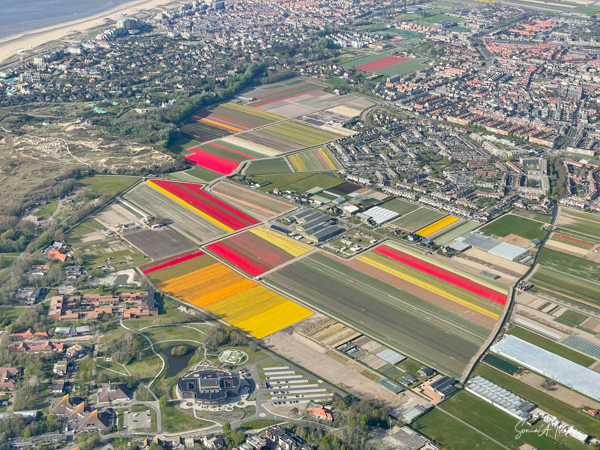









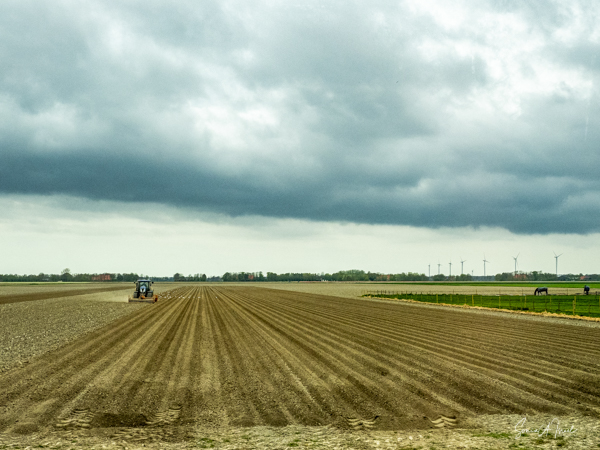
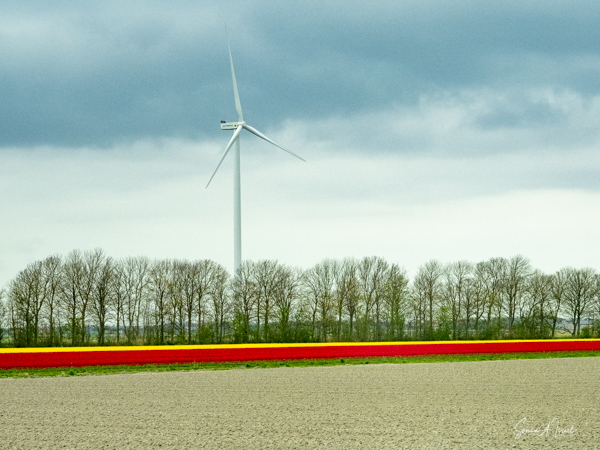









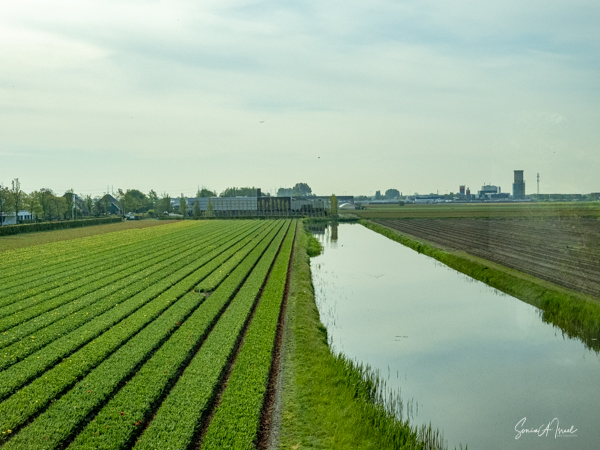




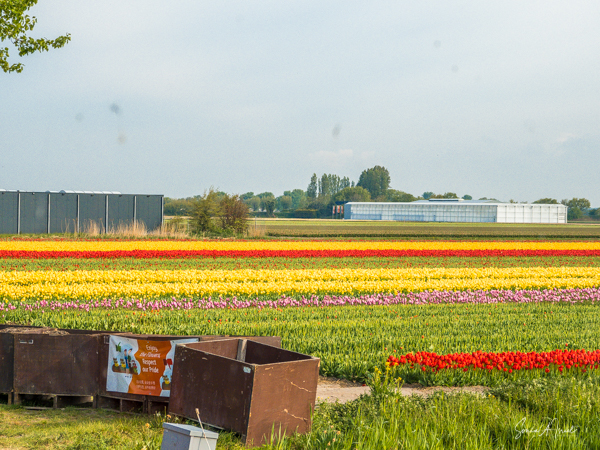



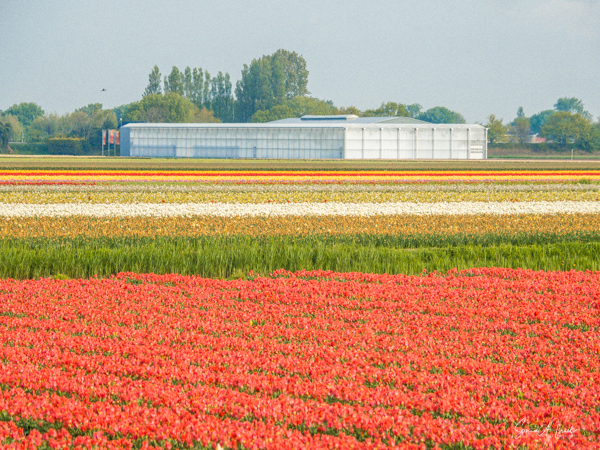
















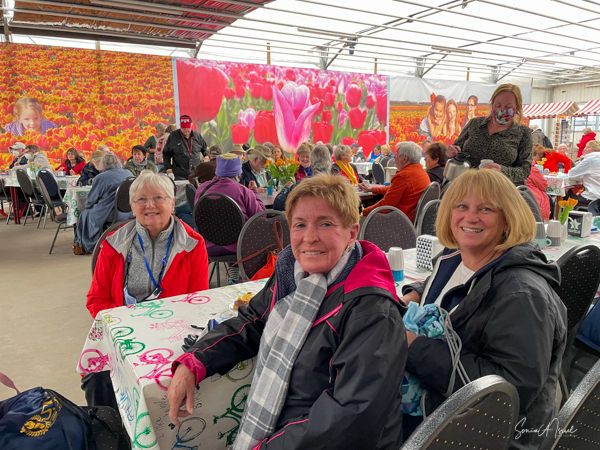











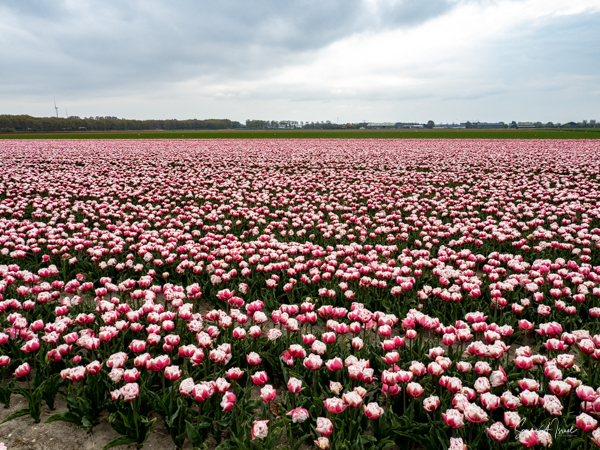










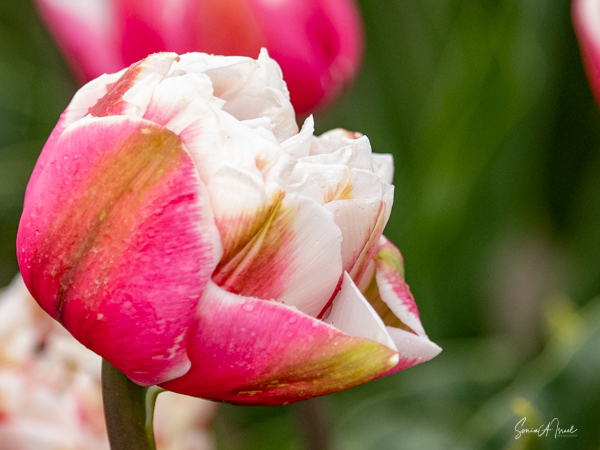


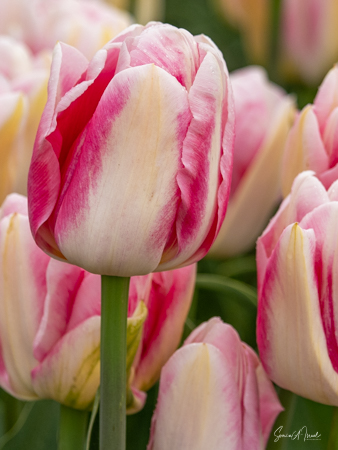


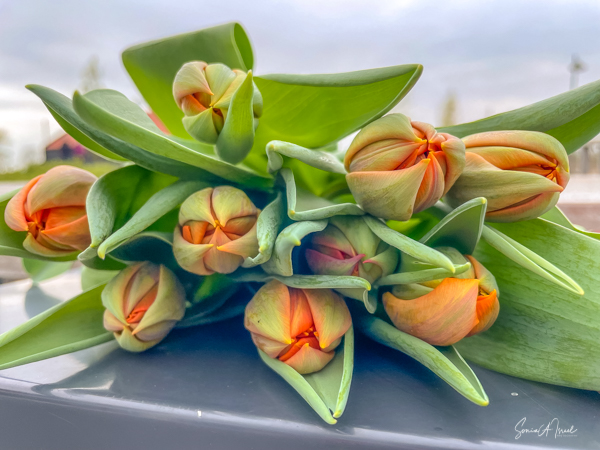



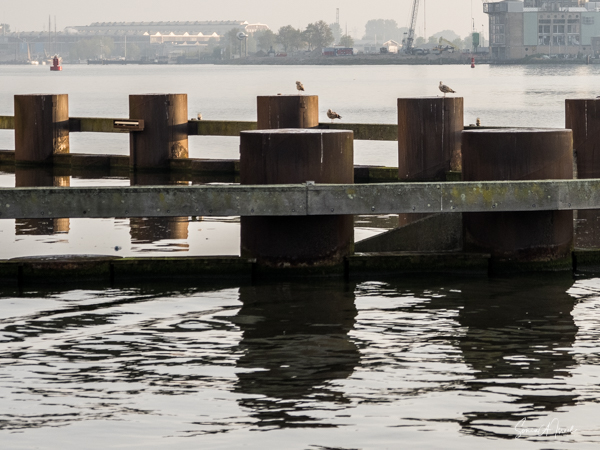
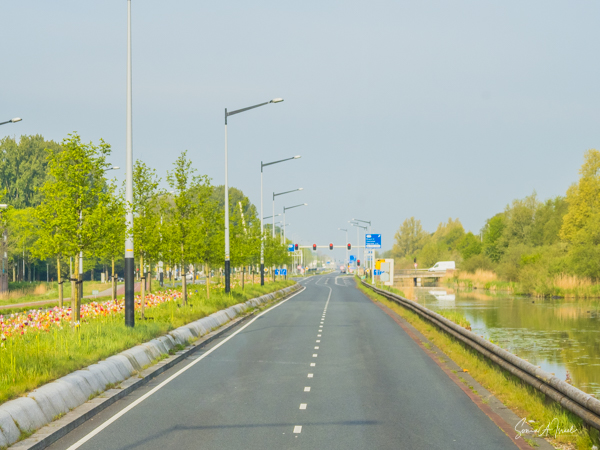






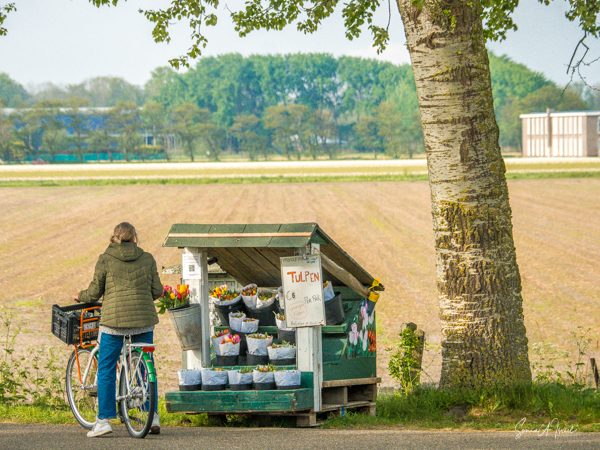



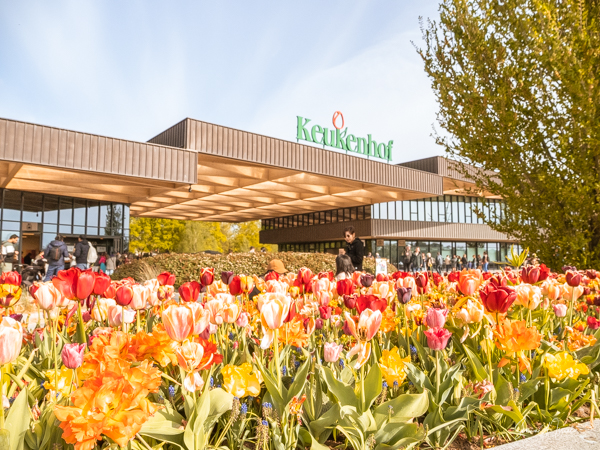























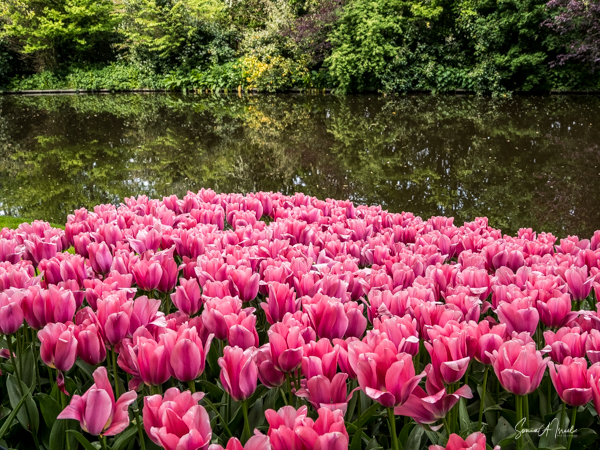
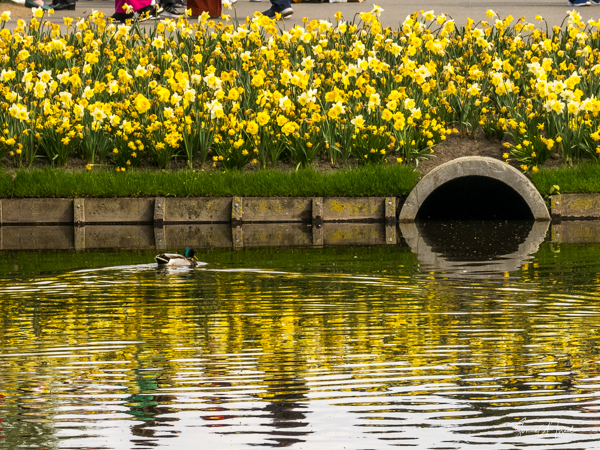

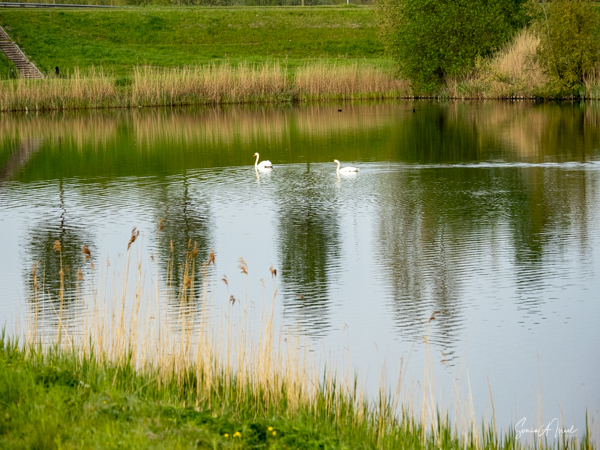







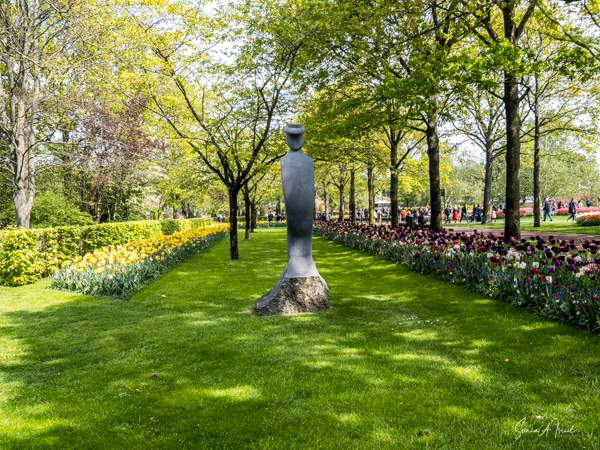


















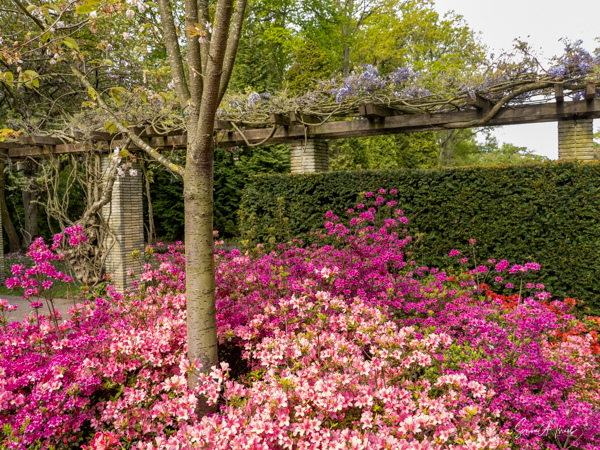

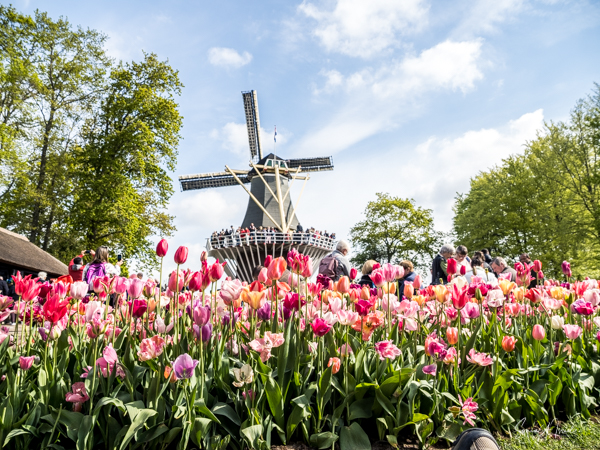










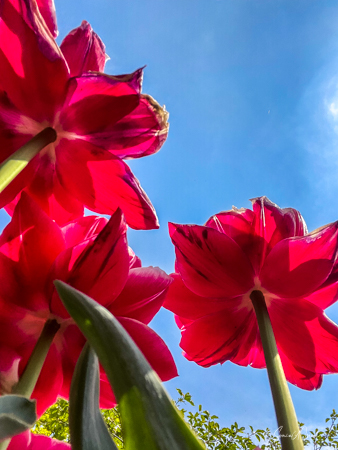

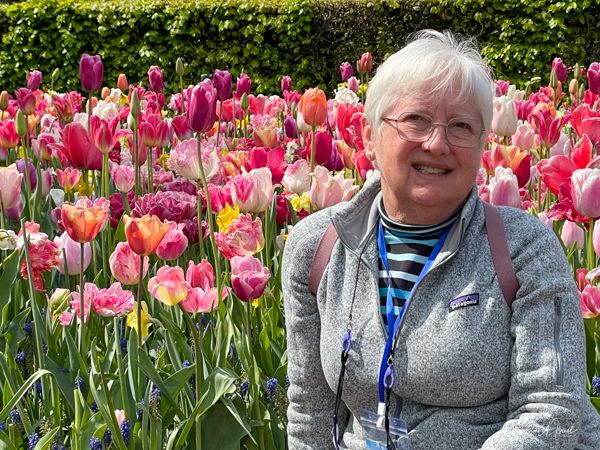

























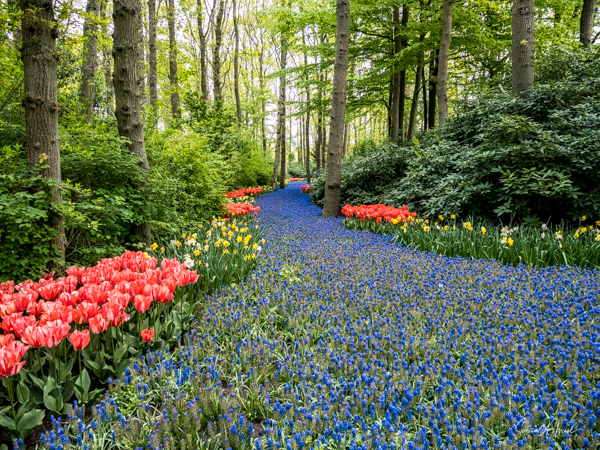

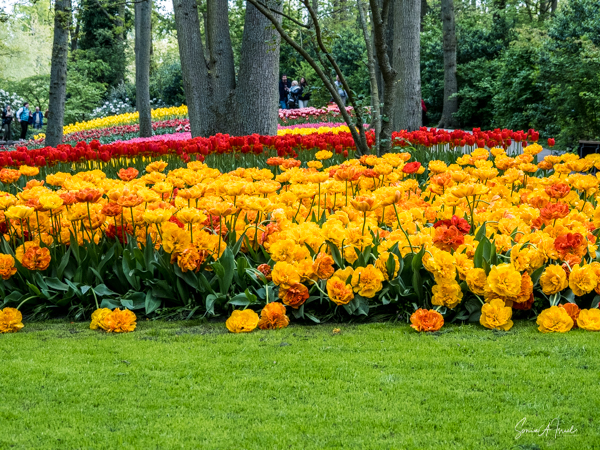


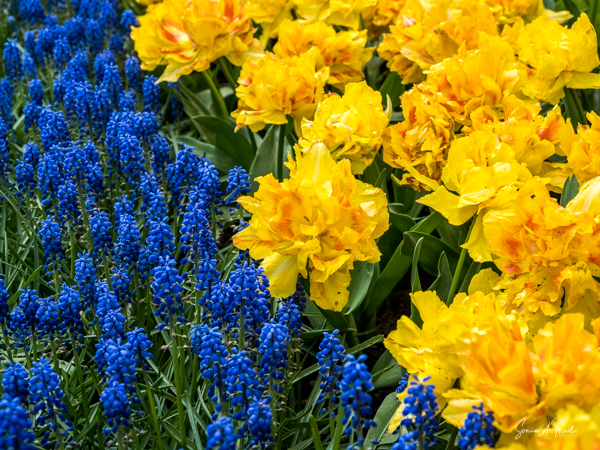








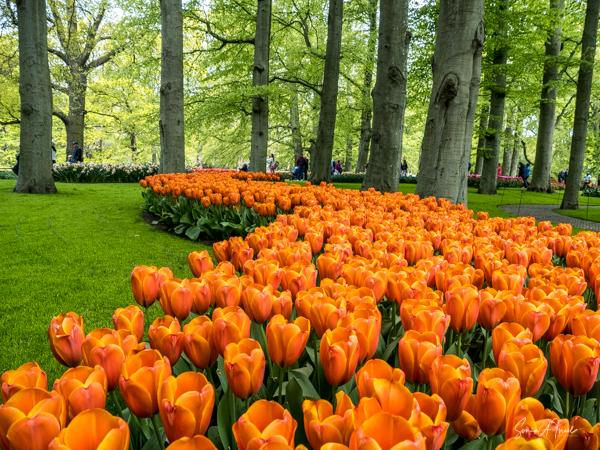


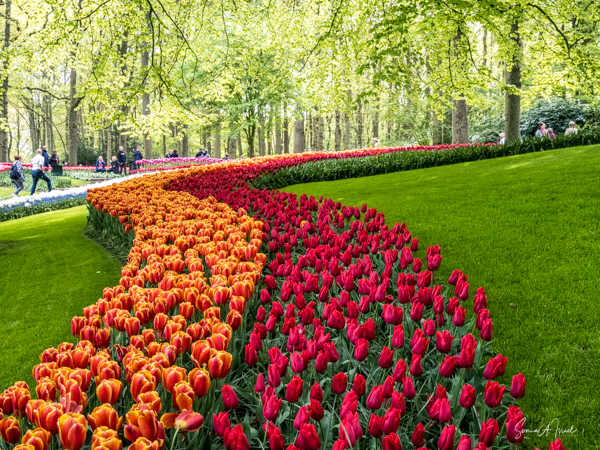











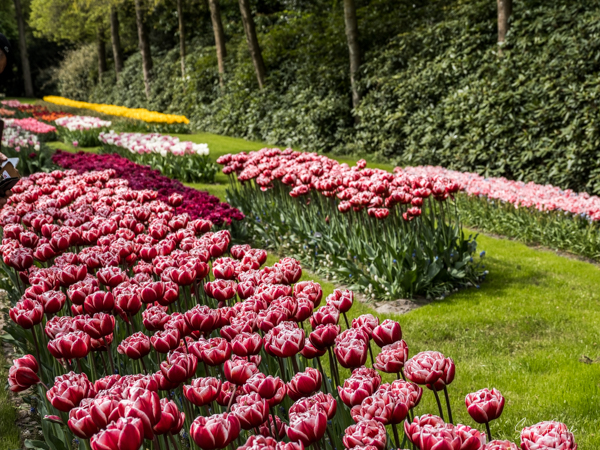



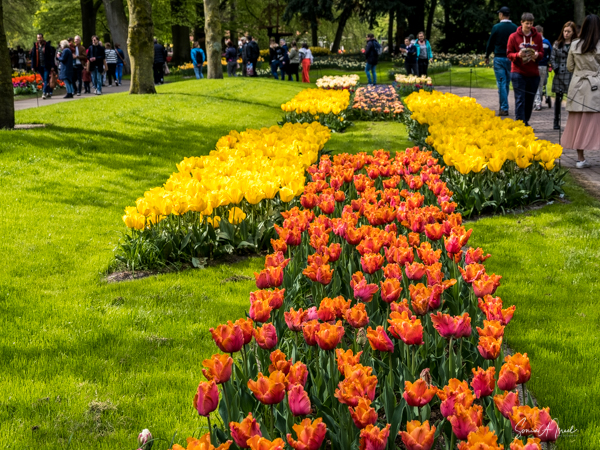


















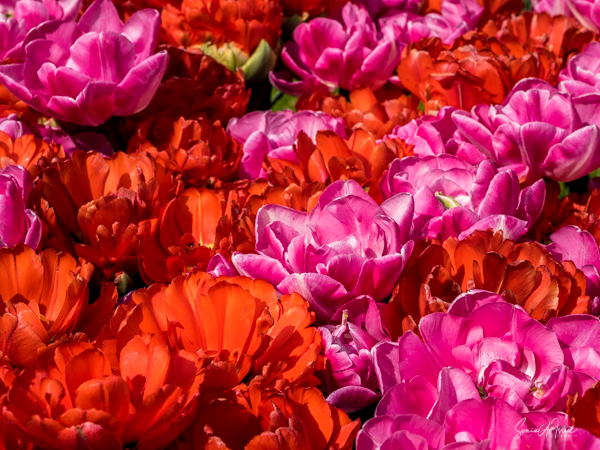





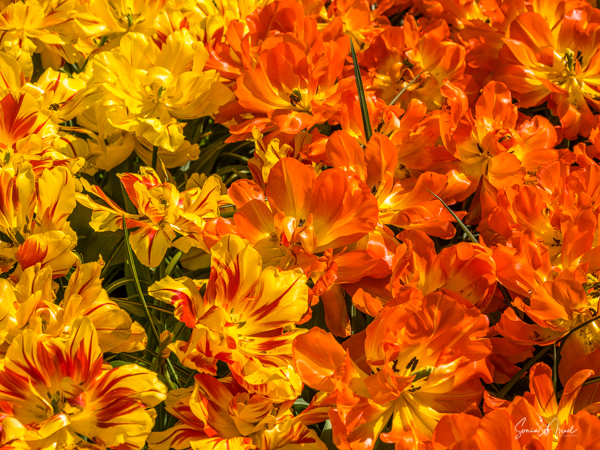



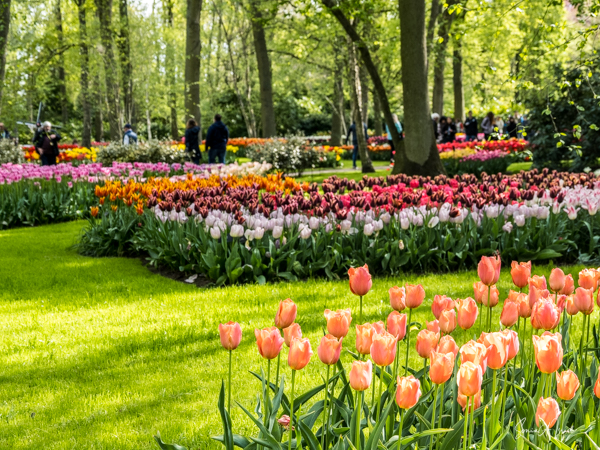




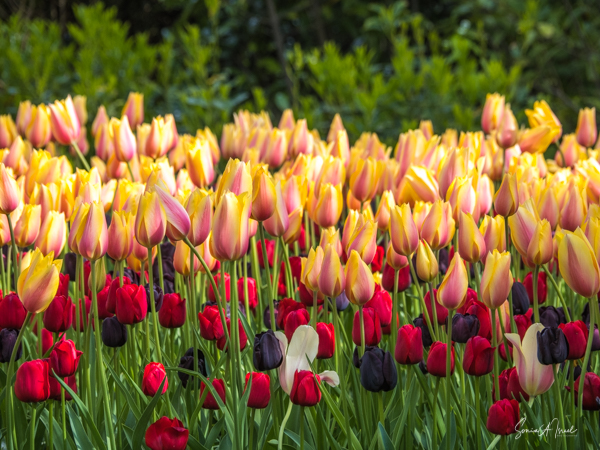











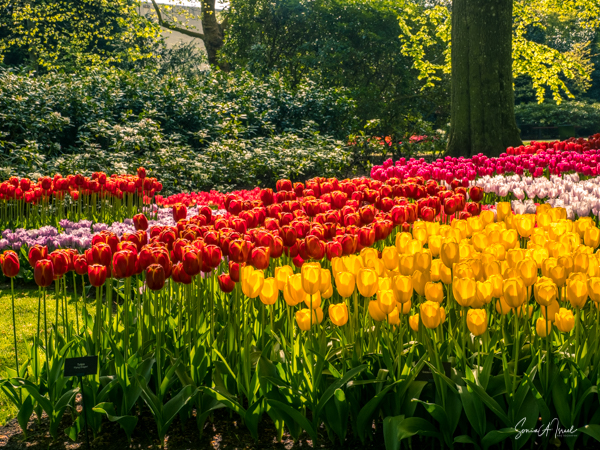
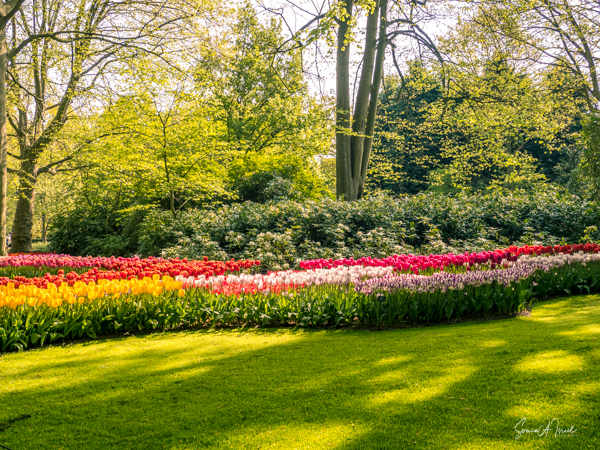










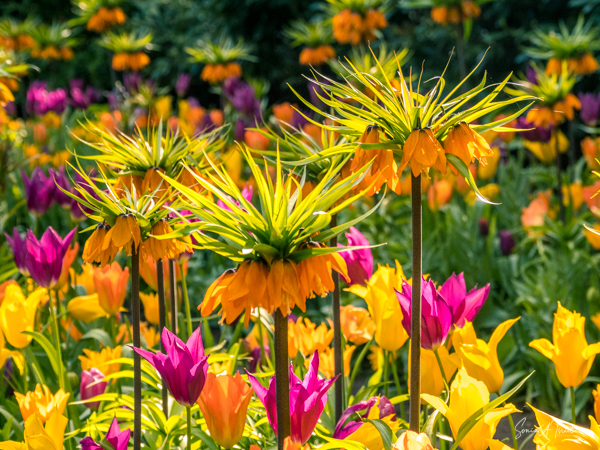










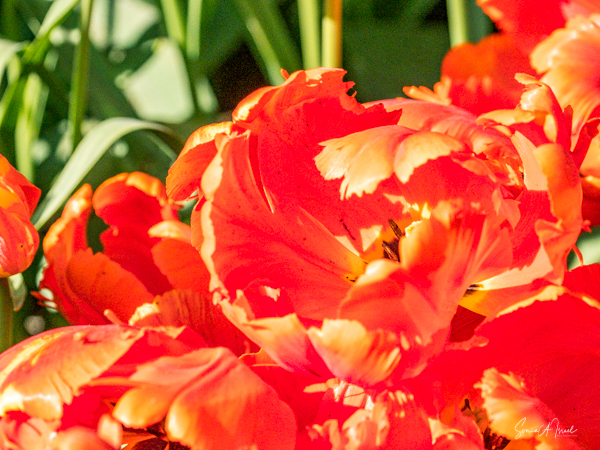













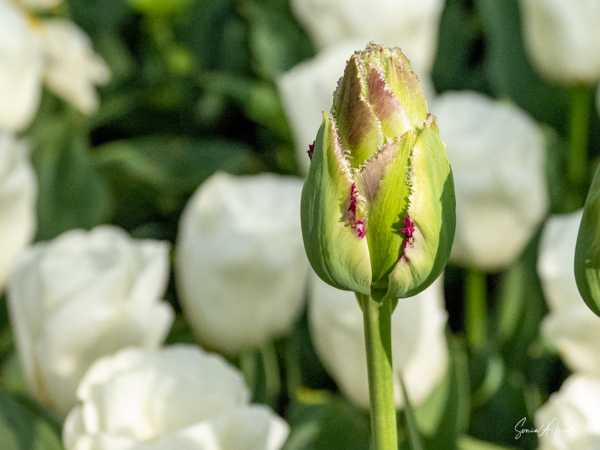

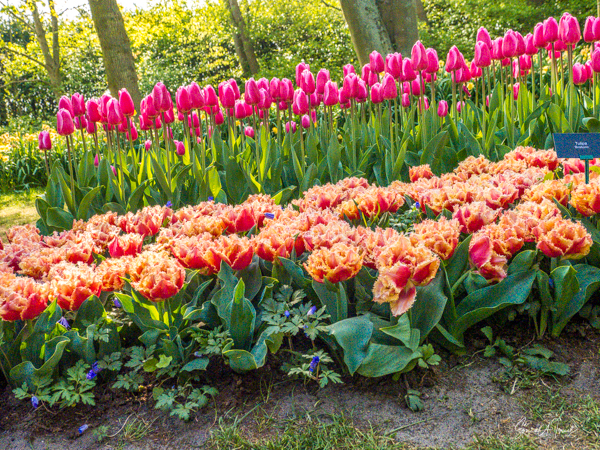










Elizabeth solomchuck
Thanks for sharing your beautiful pictures and trip, I would love to see the Amsterdam.. ❤️❤️❤️❤️❤️❤️❤️❤️❤️
Pam
These are gorgeous, thank you for sharing.
Tanja Helms
Simply beautiful
Roxanne Hersh
What magnificent beauty! I am ready to book a trip for next year. What time is best to see them in bloom? Your photography is just gorgeous and thank you for the interesting details about their history!
Ruth Gilboa
Amazingly beautiful pictures! Thanks for sharing! Ruth Gilboa
Ralph Lydic
Fabulous, dizzying colors and patterns. The human capacity for collection and variations on a theme is wonderful.
Julie Potiker
Spectacular! Looks like how I remember it from 40 years ago! How incredible to have digital film!!
Annie Gilbar
Extraordinary. In life, surely, and in these amazing photos. I feel as if I have been there – and since that is the only way I am going to see and relish these beauties, i thank you for sharing it with me, and all of us. xoxoxoxoxo
Charmane
Do you work on your photos after you take them, or do they all come out perfectly ? How was the riverboat cruise?